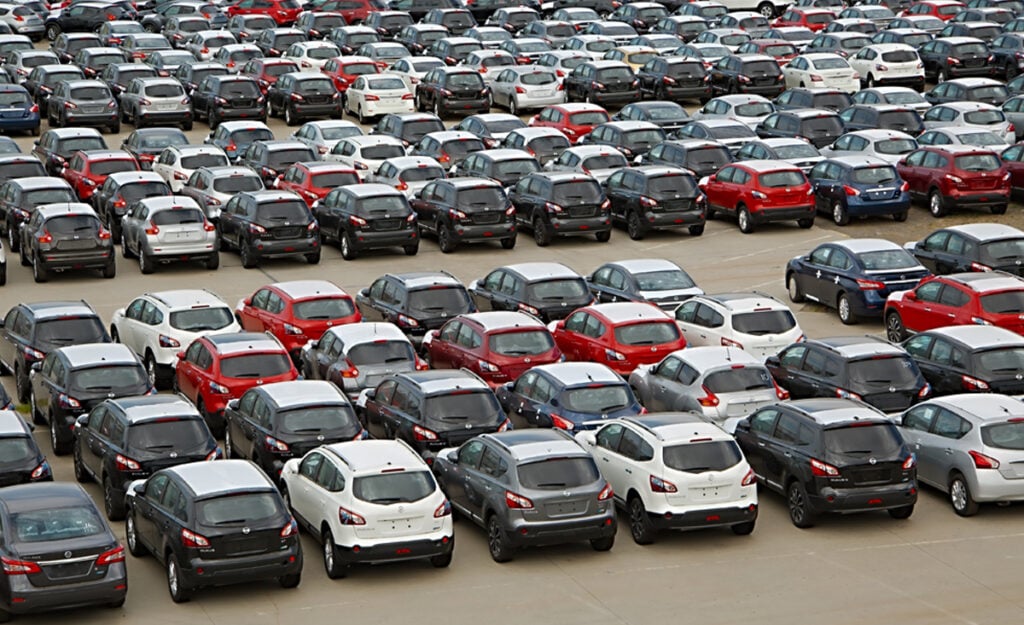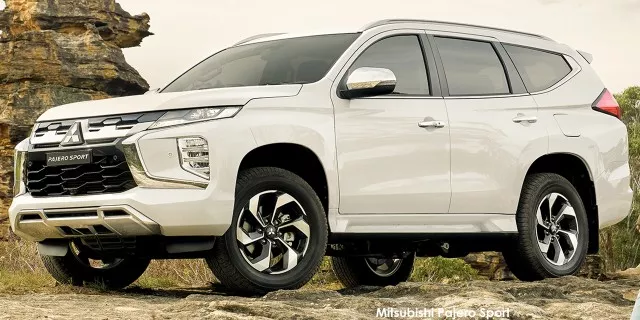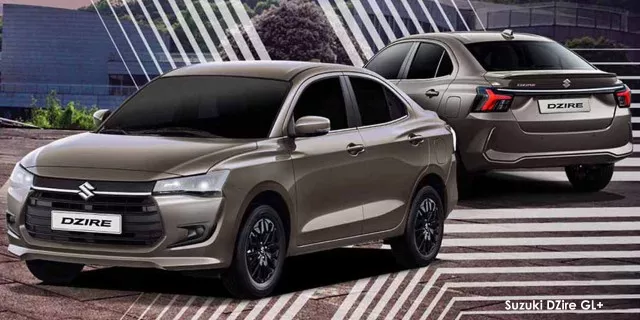
The National Association of Automotive Component and Allied Manufacturers (Naacam) has warned that Chinese automakers could dump their cars in other markets as they seek to negate the impact of new tariffs announced by the United States (US).
China and the US is currently locked into a trade war following the announcement of so-called “reciprocal tariffs” by US President Donald Trump on 2 April 2025.
Trump announced tariff increases for most all countries that import goods into the Western economy, with China initially being hit with a “discounted” 34% tariff on top of pre-existing orders.
This effectively imposed a 54% import tax on all goods imported from the People’s Republic.
Unhappy with the punitive tariffs, China retaliated with a 34% tariff hike on US products around a week after Trump’s first announcement.
China also began requiring special licences to export heavy rare-earths and rare-earth magnets, much of which is produced within its borders.
Trump took offence with the move, and added another 50% tariff on top of what was already in place, in the process raising the baseline tariffs for China to 104%.
China responded in kind with an extra 50% retaliatory charge, bringing its rates on on American goods to 84%.
The tit-for-tat continued, with the US proceeding to raise tariffs to 145%, only for China to lift its levies to 125%.
While Trump has made no indication that he will be backing off, the Chinese Ministry of Finance made it clear that the Asian nation will no longer take part in the kerfuffle.
“Even if the US continues to impose higher tariffs, it will no longer make economic sense and will become a joke in the history of world economy,” said the ministry, as quoted by CNBC.
“With tariff rates at the current level, there is no longer a market for US goods imported into China. If the US government continues to increase tariffs on China, Beijing will ignore.”
Meanwhile, Trump has announced a 90-day pause on the implementation of tariffs for all countries except China.
This, however, does not apply to the 25% tariff on imported vehicles that took effect on April 3, 2025.
An opportunity, not a catastrophe

Renai Moothilal, Naacam executive director, warned that many countries in the world are now looking for other markets to sell their automotive goods to.
This has caused alarm for authorities around the world who are now on high alert for potential dumping.
“Most countries around the world are currently looking for alternative markets to replace the US,” Moothilal told Engineering News.
“This poses a risk of increased product dumping and South Africa should be cognisant of this.”
China has grown to be one of the world’s top automotive producers in recent years, with its crown jewel, BYD, being the biggest manufacturer of hybrid and electric cars on the planet.
Combined with a history of dumping products in South Africa, as well as the recent influx of Chinese brands into the country, the risk of Chinese cars being dumped here is not insignificant.
Dumping can do significant harm to the receiving economy.
It can drive local companies who are competing in the same sector out of business as well as strain relationships between countries, to name but a few of the potential drawbacks.
Moothilal further expressed that the tariffs could inflict more direct pain on South Africa’s automotive industry.
The US is the third-largest destination for South African automotive exports, with approximately R35-billion worth of vehicles shipped across in 2024, accounting for 6.5% of total vehicle exports.
South Africa is also the largest producer of catalytic converters globally, a good portion of which are earmarked for the States.
Moothilal said that it remains up to domestic Original Equipment Manufacturers (OEMs) whether they will continue exporting to the US.
Another key consideration is if US consumers are willing to pay more for the specific vehicles coming out of South Africa, or any other destination, given the widespread global application of tariffs.
Over the long term, however, he said it’s all but certain that South Africa will see a loss of local production volumes for some OEMs and component makers that are reliant on exports.
“This will harm employment and investment, and impact the competitiveness of the sector, which is heavily dependent on the economies of scale generated through a combination of domestic demand and export production,” said Moothilal.
He added that the African Growth and Opportunity Act (Agoa) and other preferential trade arrangements have been key motivating factors for investment in the South African automotive industry.
“With these US tariffs overriding Agoa benefits, this will negatively impact future investment decisions,” said Moothilal.
“The extent of the long-term impact will be determined by the ability of the US to build the necessary capacity domestically to source all components it is now tariffing.”

The expert contends that South Africa could implement a number of strategies to soften the blow of the tariffs.
The first is to attempt to establish a mutually beneficial bilateral relation with the US to reduce the current tariff burden and maintain the US as a key trade partner.
Secondly, South Africa must assess alternative markets for its products to maintain current production volumes.
The third consideration is the protection for the domestic market against potential dumping, said Moothilal.
He also said that the country should see the trade tiff as an opportunity to tweak automotive industrial policies “to be even greater in terms of incentivising higher localisation rates by domestic OEMs.”
This includes the Automotive Production and Development Programme, which seeks to double vehicle production and employment, as well as increase localisation by 50%, by or before 2035.
“With an average of less than 40% of components being produced in South Africa for the basket of vehicles produced here, there are so many opportunities to increase that percentage,” said Moothilal.
Just a 5% increase in domestic OEMs’ rate of localisation would result in more than R25-billion worth of increased component production.
“That’s more than five times the value of components being exported to the US,” he concluded.








